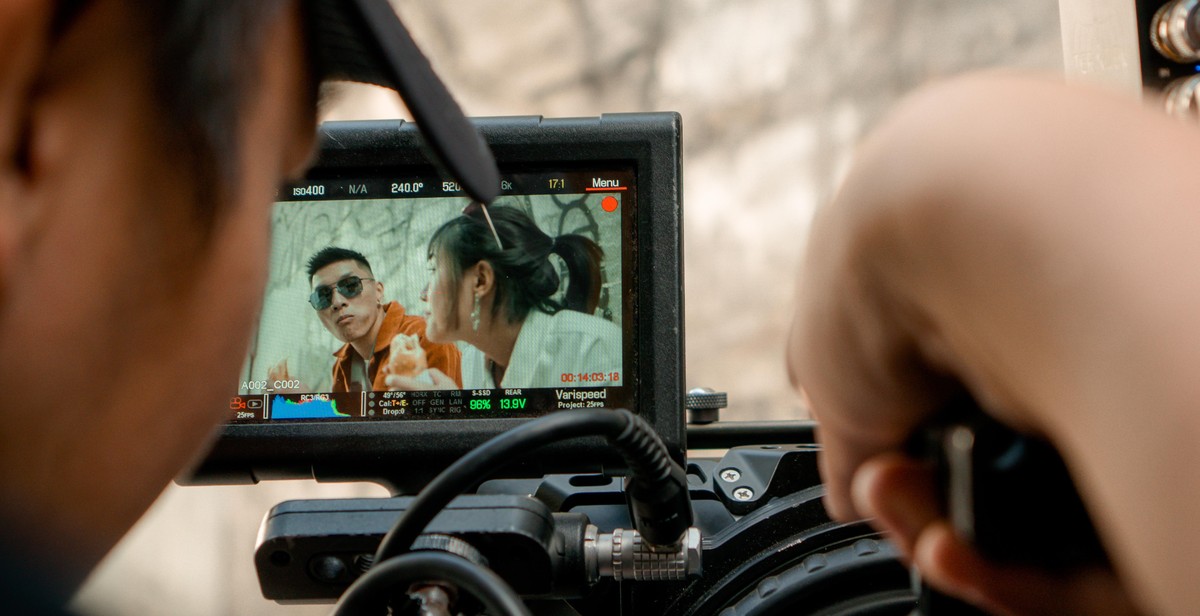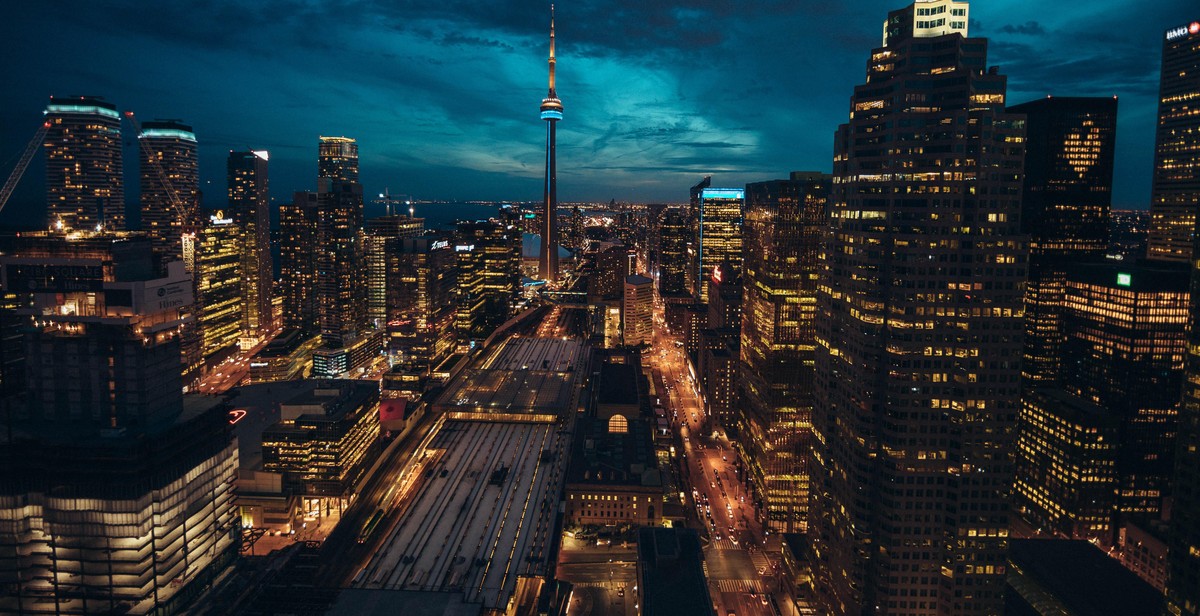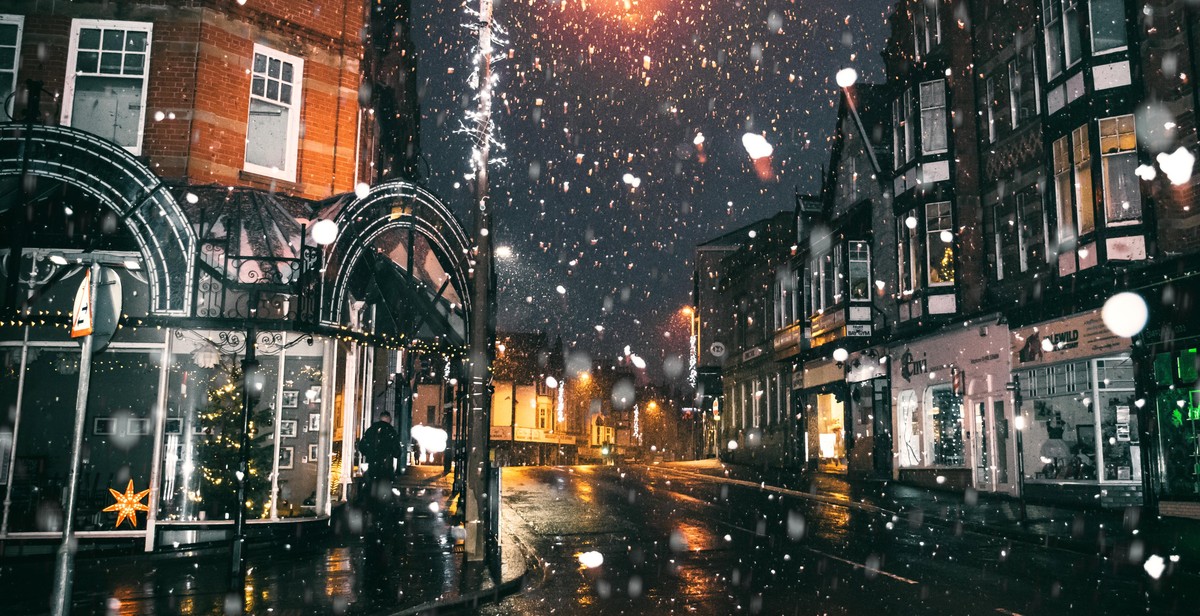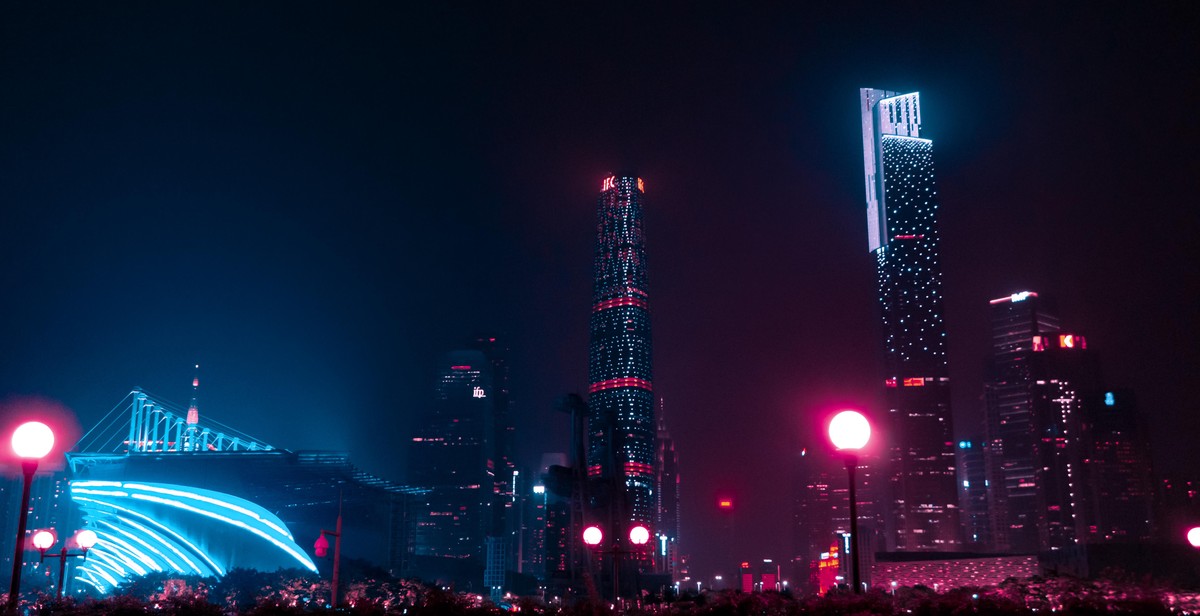Introduction: How to Organize a Nighttime Photography Walk
Nighttime photography walks are becoming increasingly popular among photography enthusiasts and tourists alike. The allure of exploring a city after dark and capturing its unique character in photographs is irresistible. Whether you’re a professional photographer or an amateur, a nighttime photography walk can be a great way to hone your skills and capture stunning images that you wouldn’t be able to get during the day.
Why Nighttime Photography Walks are Popular
One of the main reasons why nighttime photography walks are so popular is the unique atmosphere that comes with exploring a city after dark. The streets are quieter, the city lights create a different kind of ambiance, and the people and buildings take on a different character. This creates an opportunity for photographers to capture stunning images that are impossible to get during the day.
Another reason why nighttime photography walks are popular is the opportunity to learn new techniques and skills. Low light photography can be challenging, but it can also be incredibly rewarding when done right. By participating in a nighttime photography walk, you can learn from experienced photographers and practice your skills in a supportive and collaborative environment.
In this article, we’ll explore how to organize a nighttime photography walk, including what equipment you’ll need, how to plan your route, and some tips for capturing stunning nighttime photographs. So, let’s get started!

Planning Your Nighttime Photography Walk
Before embarking on your nighttime photography walk, it is essential to plan ahead to ensure you get the best shots possible. Here are some key considerations to keep in mind:
Choosing the Right Location
When selecting a location for your nighttime photography walk, it is important to choose a place that offers interesting and unique subjects to photograph. Look for locations with interesting architecture, cityscapes, or landscapes that are well-lit at night. Some popular options include city centers, bridges, parks, and waterfronts.
It is also important to consider safety when choosing a location. Stick to well-lit and well-traveled areas, and avoid any areas that may be dangerous or isolated at night.
Determining the Best Time to Go
The best time to go on a nighttime photography walk is during the “blue hour,” which is the time period just after sunset when the sky takes on a blue hue. This is the perfect time to capture stunning images with a mix of natural and artificial light.
Another great time to go is during the “golden hour,” which is the time period just before sunrise when the sky takes on a warm, golden hue. This is a great time to capture stunning shots with a warm, inviting feel.
Gathering Your Photography Gear
When heading out on a nighttime photography walk, it is important to bring the right gear. Here are some key items to consider:
- A camera with manual settings: This will allow you to adjust your settings for the best possible shot.
- A tripod: This will help you keep your camera steady and avoid blurry shots.
- A wide-angle lens: This will allow you to capture more of the scene in a single shot.
- A remote shutter release: This will help you avoid camera shake when taking long exposures.
- A flashlight: This will help you navigate in the dark and light up your subjects if needed.
By keeping these key considerations in mind and gathering the right gear, you can plan a successful and enjoyable nighttime photography walk.

Safety Considerations for Nighttime Photography Walks
Exploring your city after dark can be a thrilling and rewarding experience for photographers. However, it is important to take certain safety precautions to ensure a successful and secure nighttime photography walk. Here are some safety considerations to keep in mind:
Staying Aware of Your Surroundings
When photographing at night, it is essential to stay aware of your surroundings at all times. This means keeping an eye out for potential hazards such as uneven sidewalks, potholes, or other obstacles that could cause you to trip or fall. Additionally, be aware of any suspicious or potentially dangerous individuals in the area and take appropriate action if necessary.
Traveling in Groups
One of the best ways to stay safe during a nighttime photography walk is to travel in a group. Not only does this provide added security, but it can also be a great way to share ideas and collaborate with other photographers. If you are planning a nighttime photography walk, consider inviting a few friends or fellow photographers to join you.
Bringing the Right Lighting Equipment
Having the right lighting equipment is crucial for a successful nighttime photography walk. Not only does it help you see where you are going, but it can also enhance the quality of your photos. Consider bringing a flashlight or headlamp to help you navigate in the dark, as well as a tripod to stabilize your camera for long exposures.
Additionally, you may want to invest in a high-quality external flash or other lighting equipment to help illuminate your subjects. This can help you capture sharp, well-lit photos even in low-light conditions.
By keeping these safety considerations in mind, you can enjoy a fun and successful nighttime photography walk while staying safe and secure.

Tips for Capturing Amazing Nighttime Photos
Organizing a nighttime photography walk is a great way to explore your city after dark and capture stunning photos. Here are some tips to help you capture amazing nighttime photos:
Using Manual Mode on Your Camera
When shooting at night, it’s important to use manual mode on your camera. This allows you to have complete control over the settings and adjust them according to the lighting conditions. Start by setting your ISO to a low number, such as 100 or 200, to reduce the amount of noise in your photos. Then, adjust your aperture to a low number, such as f/2.8 or f/4, to let in more light. Finally, set your shutter speed to a slow speed, such as 15-30 seconds, to capture the light trails and create a sense of motion in your photos.
Playing with Shutter Speed and Aperture
Experiment with different shutter speeds and apertures to create different effects in your photos. A slow shutter speed can create light trails and blur in your photos, while a fast shutter speed can freeze motion. A wide aperture can create a shallow depth of field and a blurred background, while a narrow aperture can create a deep depth of field and a sharp background.
Experimenting with Different Light Sources
Try to capture the different sources of light in your photos, such as streetlights, car headlights, and neon signs. These can create interesting patterns and colors in your photos. You can also use a flashlight or a smartphone to light up certain areas of your scene and create a spotlight effect.
Creating Unique Compositions
Look for interesting angles and compositions to make your photos stand out. Try shooting from a low angle or a high angle to create a different perspective. Use leading lines, such as roads or buildings, to draw the viewer’s eye into the photo. Look for reflections in puddles or windows to add an extra dimension to your photos.
By following these tips, you can capture amazing nighttime photos and create a unique and memorable photography walk.

Conclusion
Organizing a nighttime photography walk can be a fun and exciting way to explore your city after dark. By following the tips and guidelines outlined in this article, you can ensure that your event is safe, enjoyable, and productive for all participants.
Recap
Remember to choose a safe and well-lit route, communicate clearly with participants, and encourage them to bring appropriate gear and clothing for the weather and lighting conditions. Use social media and other online platforms to promote your event and attract a diverse group of photographers with different styles and interests.
Benefits
Not only can a nighttime photography walk be a great way to improve your photography skills and explore your city, but it can also be a social and networking opportunity. You may meet other photographers who share your passion and learn new techniques and perspectives from them.
Final Thoughts
Overall, organizing a nighttime photography walk can be a rewarding experience for both you and your participants. By planning ahead and being mindful of safety and logistics, you can create a memorable and enjoyable event that showcases the beauty and diversity of your city after dark.
